Cultural Nepal trip is now a primary motivation, which includes visit to historical durbar squares, cities, monuments artifacts, cultural UNESCO World Heritage Sites etc.
Nepal is one of the culturally rich countries on the planet. Nepali culture is a unique blend of Indian and Tibetan culture. This cultural legacy of the country has evolved through centuries, expressed through different ethnic groups, religions, lifestyles, literature, philosophy, folklore, and folktales. Nepal with such ethical and religious diversity seems to be amazing and appealing destination to the tourists.
- Nepal has 9 UNESCO cultural World heritage sites including seven inside the Kathmandu Valley and one outside the valley nominated on the basis of cultural value.

Cultural tourism have been showing an increasing trend in Nepal trips. The main attractions of cultural tourism includes built and physical objects (buildings, objects arts), of values revealed in everyday lifestyle (customs, food, drinks, celebrations), and events and festivals. Heritage tourism builds on historical, archaeological, architectural and religious sites.
Subset of Culture
Religion
One of the important subset of culture is religion. It encompasses a range of groups and beliefs.
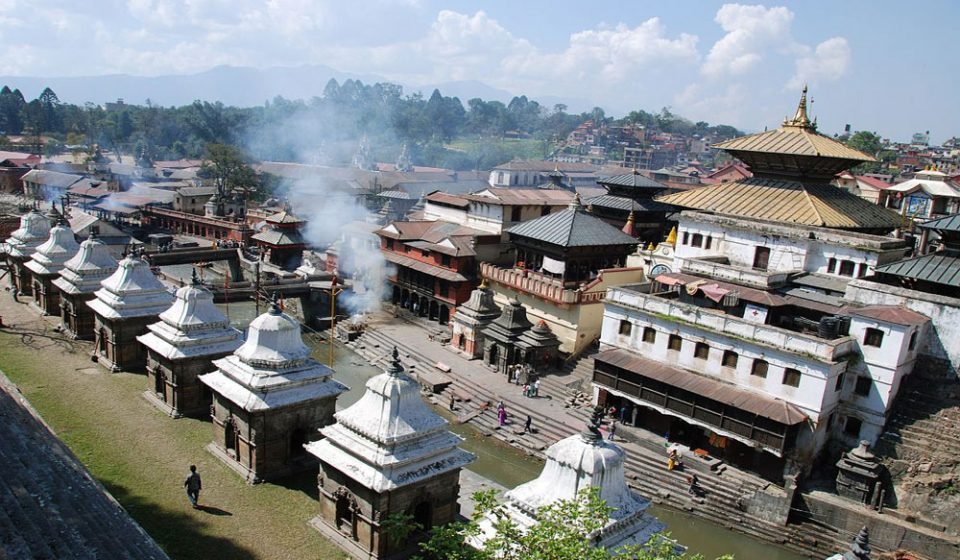
Nepal is predominantly a Hindu country with Hinduism being the main religion. During cultural tours in Nepal tourists will visit various sites dedicated to Hindu god and goddesses. Visit one of the sacred Hindu temple of Pashupatinath. Other different Hindu temples and artifacts inside Kathmandu Durbar Square.

Explore, famous Hindu monuments inside Kathmandu Durbar Including Taleju temple in the northern side of the square, Mahadev Parvati temple and various other venerated Hindu sites inside the square Like inside Patan Durbar Square famous Krishna temple and Taleju Bhawani temple. Furthermore, there are various statues dedicated to Hindu god and goddesses inside Bhaktapur Durbar Square that you may visit during your Nepal trip.
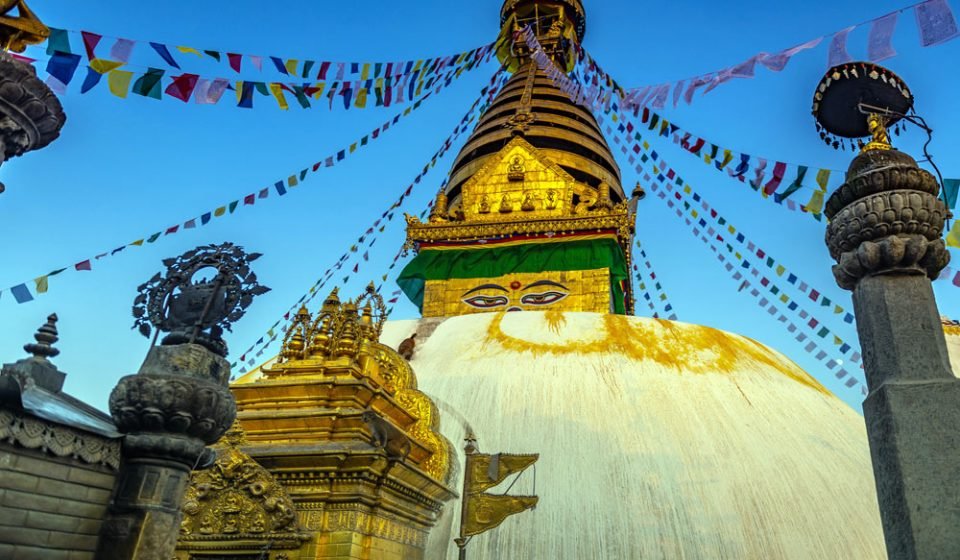
During cultural Nepal trips, tourists also visit the biggest Stupa of Boudhanath, Swoyambhunath Stupa, various monasteries inside Patan Durbar Square, and the birthplace of Buddha, Lumbini. These monuments and cites are famous Buddhist pilgrimage sites. Hence, Buddhism is the second predominant Hinduism.
Religion in Nepal (Source Wikipedia)
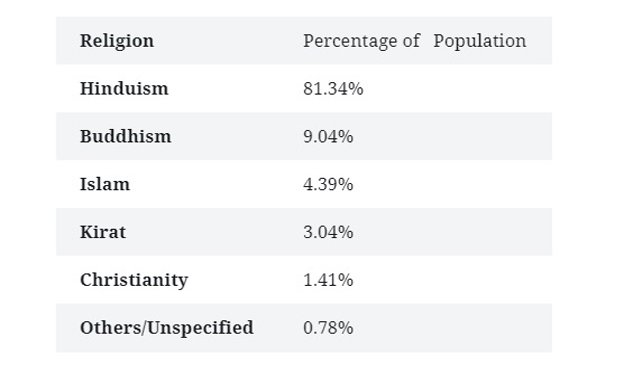
Ethnic Groups
Ethnic groups are community of people or population who share similar beliefs, religion, and language. Ethnicity is usually an inherited status based on the society in which one lives. Nepal has 124 different ethnic group speaking as many as 123 different languages.
Six Ethnic Groups of Nepal (According to Ranking) – Source Wikipedia

Kshetriya
Kshetriya the first ranking Nepali ethnic groups, are Nepali speakers of Khas Rajput people group some of whom follow their root to relocation from medieval India. Chhetri was a position of governors, administrators and military elites in medieval Khas Kingdom and Gorkha Kingdom (later bound together Kingdom of Nepal)
Bahun or Brahmin-Hill
Bahun or Brahmin-Hill remains as second most populous gathering after Chhetri in Nepal with 12.2% of Nepal’s population. Bahuns have the most elevated common administration portrayal with 39.2% of Nepal’s organization while having just 12.1% of Nepal’s total population.
Magar, Tharu, Tamang, and Newar
These two are the most populous ethnic group followed by Magar with their ancestral home ranging from western and southern edges of Dhaulagiri range. The next ethnic group Tharus, inhabitant of southern parts of Nepal. Followed by Tamangs, the indigenous people of Nepal and India. The Newars are the historical inhabitants of Kathmandu Valley.
Kathmandu Valley being the thumping heart of Nepal has become the hub of all ethnic groups. Though, the origination of these ethnic groups of Nepal are diverse, many of them are now inhabitants of Kathmandu Valley. Hence, Kathmandu has become one of the culturally rich destination in Nepal. No doubt, Kathmandu is ” Cultural Hub of The country”. This is the reason the Kathmandu is the focal point of all Nepal trips.
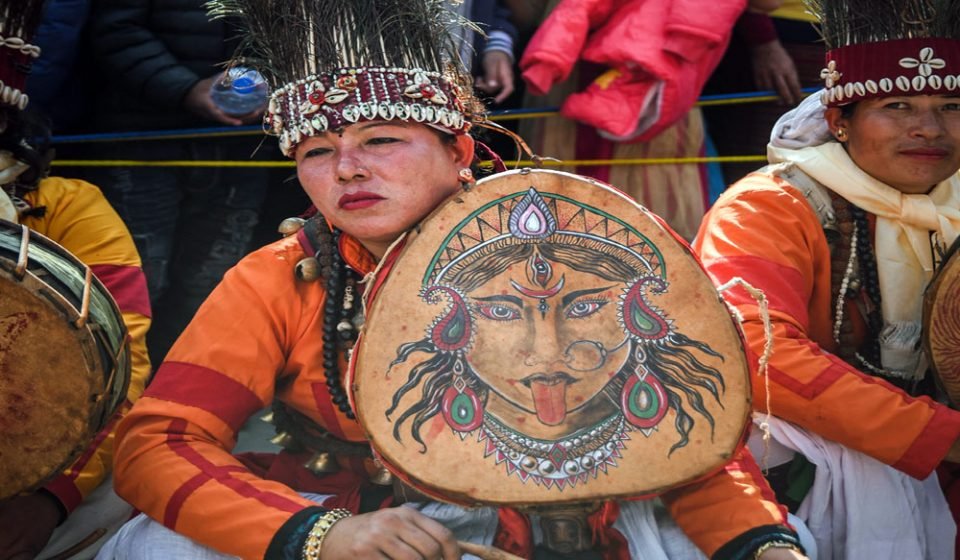
What are Cultural Tourist Motivated Towards?
When dealing with cultural tourism it is also necessary to determine who are the cultural tourist. Tourists who are not travelling away from home to reproduce the needs and necessities of the home environment in more advantageous and desirable circumstances. However, cultural tourists incline towards the adequate (cultural) motivation, getting to know the different and remote (local) culture’s social and landscape values.
Activities in Nepal to See Different Ethnic Groups During Nepal Trip
Different activities during your Nepal trip provides a glimpse of few ethnic group in Nepal.
Authentic Nepali Dinner With Cultural Shows
Do not miss authentic dinner with cultural shows offered by some restaurants in Kathmandu. This is one of the wonderful experiences to taste typical Nepali food and watch the cultural show performances by different ethnic groups in Nepal.

Moreover, this 3 hour dinner program will keep your taste buds engaged with lovely Nepali dishes and your ears and eyes entertained by unique and traditional Nepali music performed by various ethnic groups of Nepal.
Tharu Cultural Dance in Chitwan | Nepal Trip
If you are visiting Chitwan National Park, do not miss cultural dance performances by local Tharu ethnic groups. Furthermore, visit local tribal village in Chitwan.
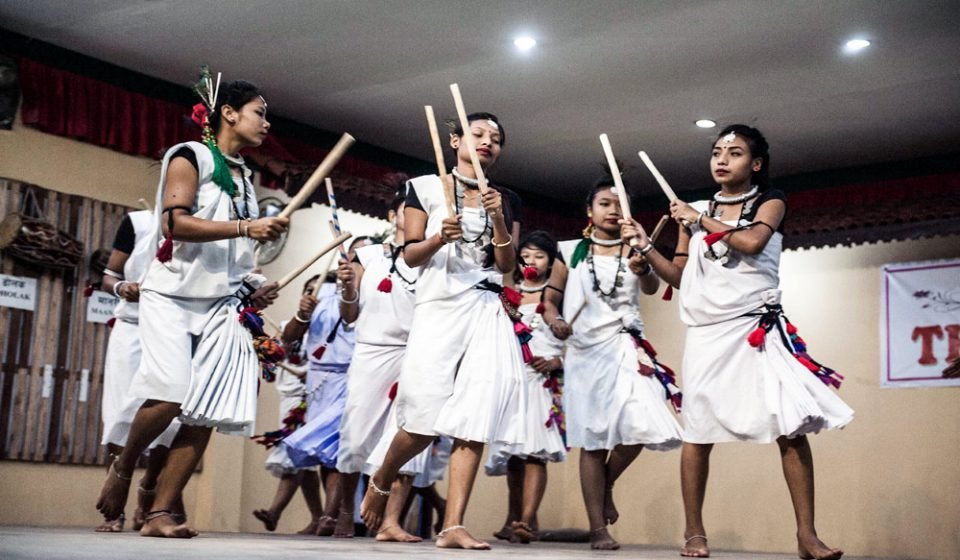
Although, village tour comes with the Nepal, if you are visiting Chitwan. This is a unique experience, where you can get up close with these people and see their lifestyles.
Festivals
Nepal is home for various ethnic group each following their own religion and celebrating their own festivals. Due to this huge diversity, literally Nepal has festival every other day. .As an overwhelmingly Hindu and Buddhist country, a considerable lot of the celebrations in Nepal are religious ones.
List of Main Festivals in Nepal
1. Dashain (September or October):
Dashain is the longest and the most auspicious festival in the Nepal, celebrated by Nepalese Hindu individuals all through the globe. It isn’t just the longest celebration of the nation, yet additionally the one which is generally most anticipated. This festival emphasizes on family gathering. Nepalese working in different parts in the world come to the country to celebrate this festival with their families.
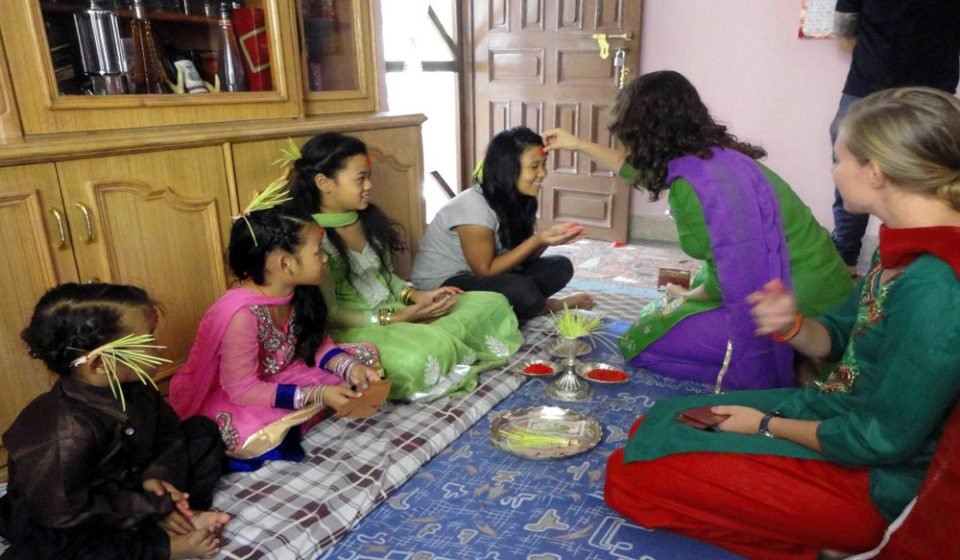
The celebration falls in between September or October. Furthermore, these months are the peak tourist season in Nepal. You may coincide your Nepal trip with this festival to experience it. However, please note during these nine day celebration major shops, educational institution, government offices remains closed. As all the people who are in living in Kathmandu valley go to home for celebration. Hence, you may expect empty streets and no traffic jams inside Kathmandu valley.
2. Tihar (October)
Tihar also known as Deepawali is a five- day long festival celebrated in Nepal. This festival known as ” Festival of Lights“. If fact, this festival is more interesting as every house in the cities gets illuminated. Furthermore, this festival appreciates the relationship between human and animals by making offerings to animals such as crows, dogs, cows.
If you are planning for your Nepal trip, try to coincide your travel dates. In contrast to Dashain where the cities are dull and empty, Tihar is very interesting and you will definitely enjoy the streets of Kathmandu and Pokhara during this time.
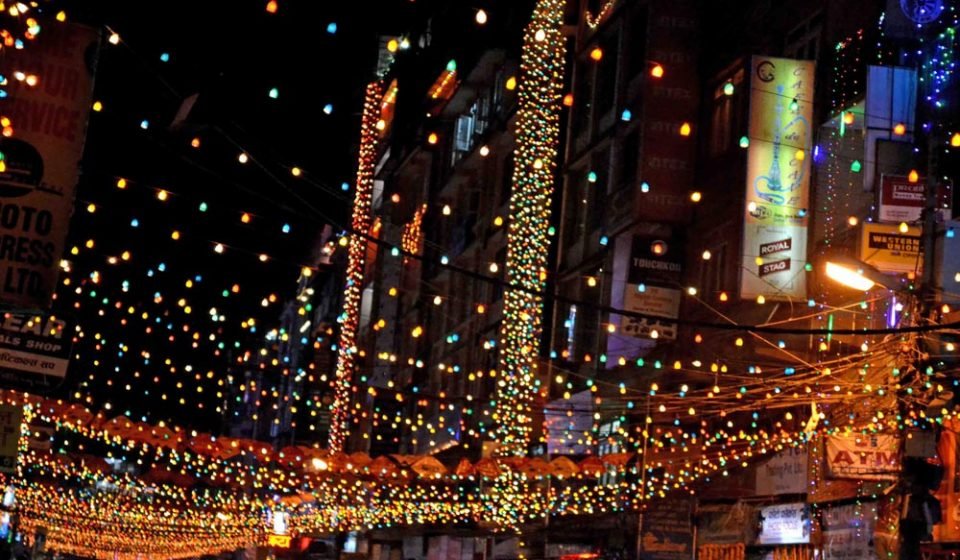
These two are the most auspicious Hindu festivals which falls during the peak tourist season in Nepal. Then there are festivals like Loshar (Tibetan New Year), Buddha Jayanti (Celebrates the birth of Lord Buddha), Mani Rimdu (observed by Sherpa communities in Khumbu region of Nepal), Tiji Fesival celebrated by Buddhist communities in Nepal.
Likewise, other important festivals are Maha Shivaratri, Janai purnima (Rakhsya bandhan), Krishna Janmaasthami, Ram Nawami and much more.
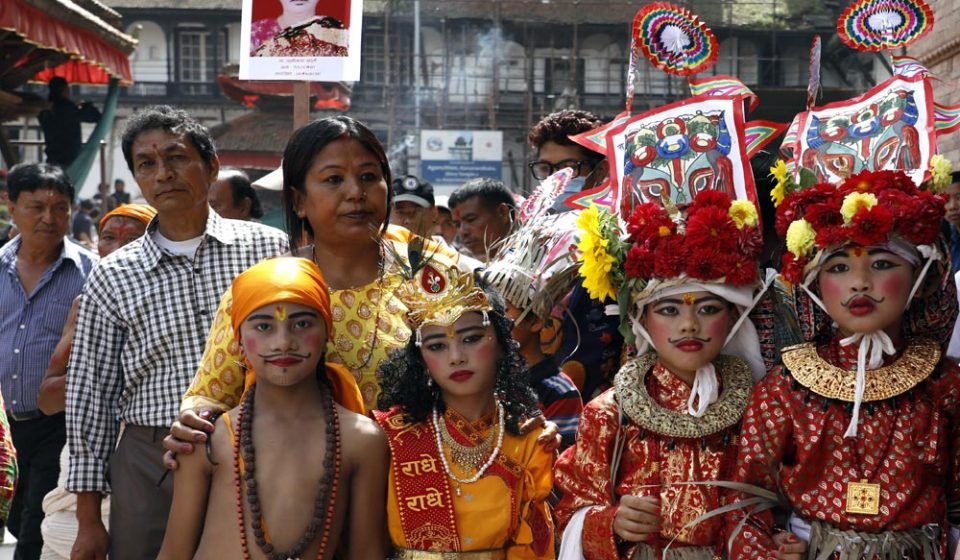
If you wish to coincide your Nepal trip with any of these festivals you may contact us.
Comments
Post a Comment
Thank you for your valuable feedback